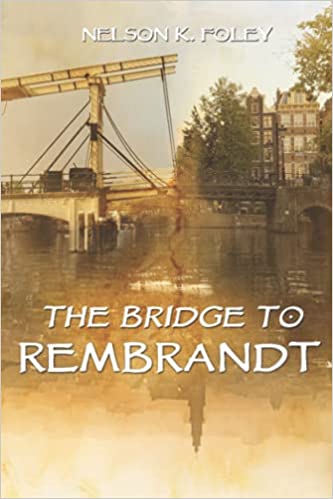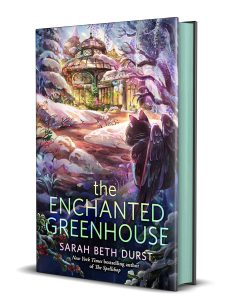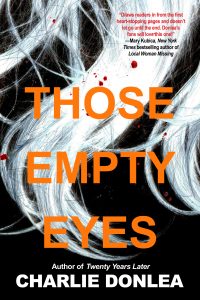
Time travel stories often lean on romance or science fiction spectacle, but Nelson K. Foley’s The Bridge to Rembrandt takes a different route. Rooted in real history and art, this novel pulls readers across centuries of Amsterdam’s turbulent past while anchoring the story in very human concerns: love, illness, survival, and the search for meaning.
A Bridge Across Time
The story follows Robert, an events organizer whose life is already complicated. He juggles two women his wife Belinda and his girlfriend Saskia while trying to keep afloat in a side business dealing with art reproductions. Robert is also diabetic, tethered to a daily dependence on insulin, a detail that quickly becomes crucial to the story.
One day, while crossing the Brouwersgracht bridge in Amsterdam, Robert is suddenly transported back in time. What begins as a trip three years into his own past soon turns into a series of leaps through history: 1945 during the Dam Square massacre, 1886 at the time of the Eel Riot, and finally 1664 in the grip of the plague. Each time, he encounters a version of Saskia, as though his fate and hers are forever intertwined. And woven into it all is the shadow of Rembrandt, whose legacy and circle connect across generations.
Realism in the Fantastic
What sets this novel apart is its attention to realism. Many time travel stories ignore the practicalities of survival, but Foley highlights them: the absence of modern medicine, the lack of money, and the daily struggle for food and clothing. For Robert, running out of insulin is as urgent and dangerous as any historical riot or plague. This grounding in real-world stakes makes the story more immediate and relatable.
Amsterdam as a Character
Amsterdam itself feels like a protagonist here. From its canals and bridges to the chaos of its riots and the devastation of plague years, the city is vividly alive. Foley clearly knows the city intimately, and his descriptions bring authenticity and depth to the shifting eras. For readers who have visited Amsterdam, the novel feels like a walk through familiar streets transformed by time. For those who haven’t, it is a richly painted invitation.
Strengths and Quibbles
The novel is cleverly structured, with each time leap revealing not only new layers of history but also new dimensions of Robert’s relationship with Saskia. The intertwining of art, history, and romance is fresh and engaging.
Some readers may wish the mechanics of time travel were explained more fully. The bridge is a mysterious portal, but its workings remain abstract. For others, this mystery enhances the story’s dreamlike quality, placing the focus less on science and more on the consequences of Robert’s choices.
The dialogue, at times, feels slightly self-conscious, especially when Saskia conveniently explains historical events. Yet this is balanced by the richness of the setting and the momentum of Robert’s increasingly desperate journey.
Final Thoughts
The Bridge to Rembrandt is a thoughtful and well-researched time travel novel that blends art history with suspense and romance. It avoids the clichés of the genre by confronting the harsh realities of survival in the past, while offering readers a compelling journey through Amsterdam’s history. For fans of time travel, historical fiction, or art-inspired storytelling, this novel will feel both original and rewarding.
👉 Get your copy of The Bridge to Rembrandt here: Buy on Amazon


